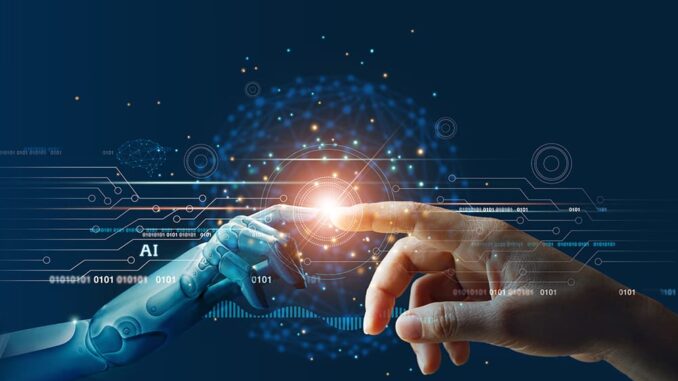
Advanced sensor integration using AI involves leveraging artificial intelligence and machine learning techniques to process, analyze, and interpret data collected from various sensors.
This is particularly useful in complex systems where multiple sensor types (such as temperature, humidity, accelerometers, cameras, etc.) need to work together to derive meaningful insights or automate processes.








Here are several key aspects and applications of advanced sensor integration with AI:
### Key Aspects:
1. **Data Fusion**: Combining data from multiple sensors to improve accuracy and provide a more comprehensive understanding of the environment. Techniques such as Kalman filters and deep learning can be used for effective data fusion.
2. **Real-Time Processing**: AI algorithms, especially those optimized for edge computing, can process sensor data in real time. This is crucial for applications in autonomous vehicles, robotics, and IoT devices.
3. **Anomaly Detection**: AI can help identify unusual patterns in sensor data that may indicate faults or issues in the system. This is particularly important in industrial applications for predictive maintenance.
4. **Context-Aware Computing**: AI can enhance sensor integration by taking into account additional contextual information (like time, location, and user behavior) to provide more relevant insights.
5. **Automated Decision-Making**: Advanced AI models can enable systems to make decisions based on sensor data without human intervention, enhancing automation in various domains like smart homes, healthcare, and agriculture.
6. **Predictive Analytics**: Using historical and real-time data, AI can help forecast future events or trends, which is valuable in areas such as supply chain management and resource allocation.
### Applications:
1. **Smart Cities**: Integrating various sensors (traffic, weather, pollution) to optimize city services, manage transportation systems, and enhance public safety.
2. **Healthcare Monitoring**: Wearable devices use multiple sensors to monitor health metrics. AI can analyze this data for continuous health assessment and early detection of medical conditions.
3. **Agriculture**: Sensors monitoring soil moisture, temperature, and weather can inform irrigation systems. AI analyzes this data to optimize crop yield and resource use.
4. **Industrial Automation**: In manufacturing, AI-driven systems can monitor equipment health through sensors, predict failures, and optimize the production process.
5. **Autonomous Vehicles**: Multiple sensors (LiDAR, cameras, radar) are integrated and processed using AI to understand the vehicle’s surroundings and make navigating decisions.
6. **Environmental Monitoring**: Sensors gather data on air and water quality, which AI analyzes to identify pollution sources and trends.
### Challenges:
1. **Data Quality**: Ensuring the data collected from different sensors is accurate and reliable is critical for effective AI analysis.
2. **Interoperability**: Different sensors and systems may use various protocols, making integration challenging.
3. **Scalability**: As the number of sensors increases, ensuring that the AI models remain efficient and effective can be difficult.
4. **Privacy and Security**: Integrating sensors can introduce vulnerabilities, making data privacy and security a significant concern.
5. **Energy Consumption**: Especially in IoT applications, optimizing energy use while maintaining sensor performance and AI processing capabilities is vital.
### Future Trends:
1. **Increased Use of Edge AI**: Moving AI processing closer to the sensors can reduce latency and bandwidth usage.
2. **Enhanced Machine Learning Techniques**: Developing novel algorithms to better interpret sensor data, such as few-shot learning or unsupervised learning.
3. **Greater Focus on Explainability**: Ensuring AI models provide understandable results to enhance trust and usability in critical applications.
4. **More Unified Frameworks**: Efforts to create platforms that seamlessly integrate data from diverse sensors while providing robust AI analysis capabilities.
Advanced sensor integration using AI has the potential to revolutionize many fields by creating smarter, more efficient, and responsive systems.


Leave a Reply